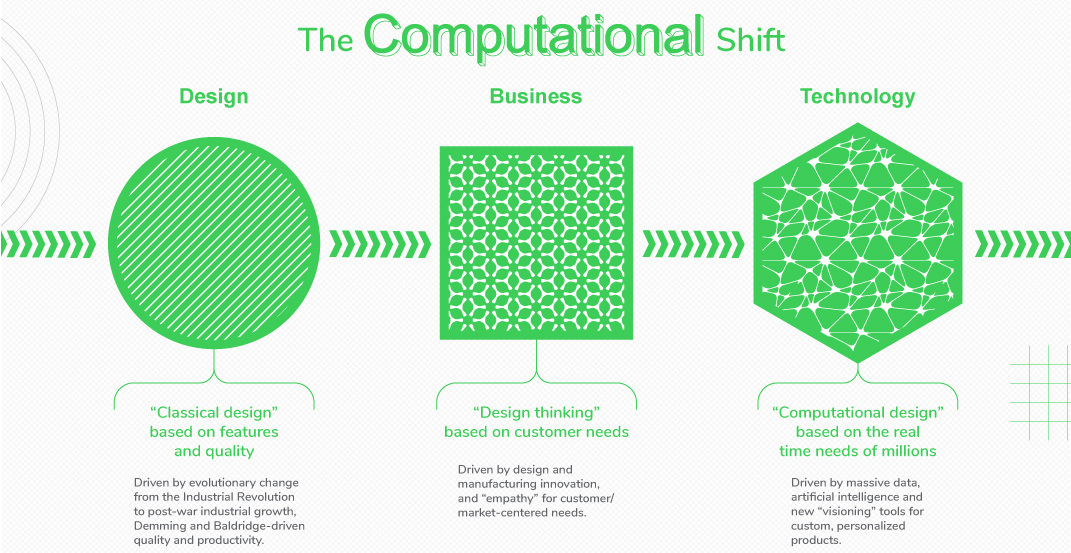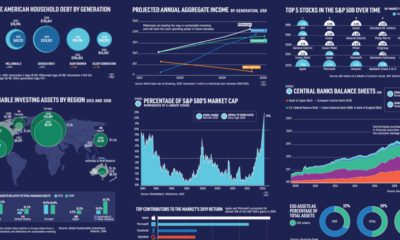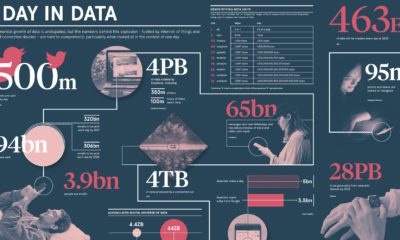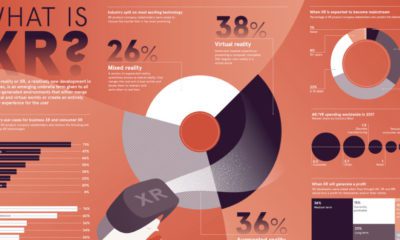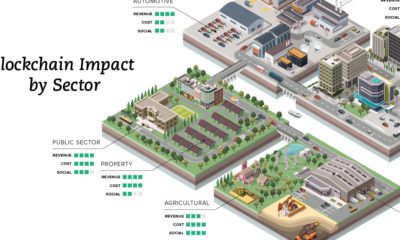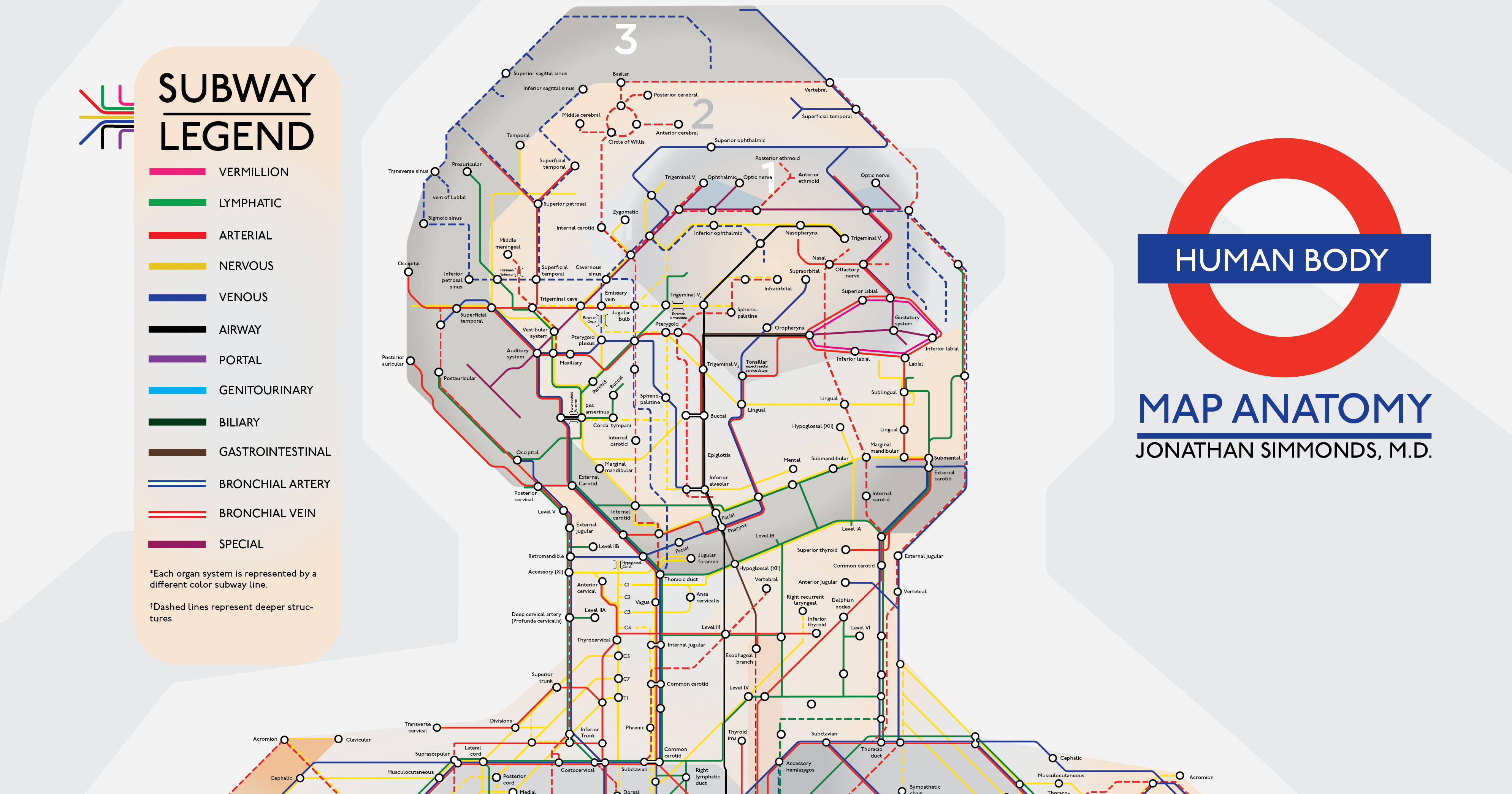Technology
Imagining the Future of Design and Collaboration

Imagining the Future of Design and Collaboration
New technologies are getting adopted faster and faster.
In the modern business environment, it no longer takes multiple decades for new ideas to take root. Instead, thanks to increased connectivity, instantaneous communication, and big leaps in computing power, these new innovations can rise to prominence in much shorter time spans.
As these changes surface, companies can either help pioneer these new technologies – or they can be caught off guard by their impact on industry.
A Fundamental Shift
Today’s infographic comes to us from Schneider Electric, and it dives into the many technological forces that will be re-shaping the future of design and collaboration.
It touches on an exciting but uncertain future for industrial designers, architects, engineers, and other design-oriented industries, in which rising processing power and new technologies are re-wiring the fundamental relationship between the designer and the end product.
Almost certainly, these forces will shape a competitive landscape for the design industry that will seem almost completely unfamiliar over the next decade or so.
The Computational Era
Computer-aided design (CAD) has already revolutionized design, but it turns out that CAD only scratches the surface of what is possible with computers.
The rapid increase in processing power, the miniaturization of devices, new algorithms, and increased connectivity are leading to a new era of computational design.
Instead of designers using computers as a tool, computers are now able to generate insights, make creative leaps, and jump to decisions using massive data sets – and this will fundamentally change the designer’s role in the creative process.
In the future, designers will be more like mentors for computers by providing their guidance and experience.
The Forces Shaping Design
What do we mean when we say “computational design”?
Infinite computing
Tapping into cloud-based computing power to try thousands of design permutations.
Big data & predictive analytics
Using billions of data points and predictive analytics to create new or highly customized products.
Generative design
Computers mimic nature’s evolutionary approach to design.
AI / Machine learning
Designing a system that learns and adapts over time.
The Forces Shaping Collaboration
But how design is changing doesn’t stop there – how we collaborate on design is also undergoing a revolution:
AR/VR
Virtual collaboration can be achieved across the globe, allowing designers to work in parallel.
Cloud-based collaboration
Design is no longer siloed and can be democratized between different stakeholders. Further, teams can work simultaneously from all over the world.
Crowdsourcing
Input for design and specialized parts can be crowdsourced.
3d and 4d printing
Design and manufacturing can be integrated seamlessly, even to customize individual items. 4d printing is a new frontier where printed objects adapt to various circumstances.
An Uncertain Future
Data, computing power, and new tools are enabling a rapid transition in how we design and collaborate.
No one can be certain about how different the future of design and collaboration will be, or how it will affect business models – but for companies to remain relevant and competitive over the coming years, they will need to be watching this technological revolution very closely.
Technology
Visualizing AI Patents by Country
See which countries have been granted the most AI patents each year, from 2012 to 2022.

Visualizing AI Patents by Country
This was originally posted on our Voronoi app. Download the app for free on iOS or Android and discover incredible data-driven charts from a variety of trusted sources.
This infographic shows the number of AI-related patents granted each year from 2010 to 2022 (latest data available). These figures come from the Center for Security and Emerging Technology (CSET), accessed via Stanford University’s 2024 AI Index Report.
From this data, we can see that China first overtook the U.S. in 2013. Since then, the country has seen enormous growth in the number of AI patents granted each year.
| Year | China | EU and UK | U.S. | RoW | Global Total |
|---|---|---|---|---|---|
| 2010 | 307 | 137 | 984 | 571 | 1,999 |
| 2011 | 516 | 129 | 980 | 581 | 2,206 |
| 2012 | 926 | 112 | 950 | 660 | 2,648 |
| 2013 | 1,035 | 91 | 970 | 627 | 2,723 |
| 2014 | 1,278 | 97 | 1,078 | 667 | 3,120 |
| 2015 | 1,721 | 110 | 1,135 | 539 | 3,505 |
| 2016 | 1,621 | 128 | 1,298 | 714 | 3,761 |
| 2017 | 2,428 | 144 | 1,489 | 1,075 | 5,136 |
| 2018 | 4,741 | 155 | 1,674 | 1,574 | 8,144 |
| 2019 | 9,530 | 322 | 3,211 | 2,720 | 15,783 |
| 2020 | 13,071 | 406 | 5,441 | 4,455 | 23,373 |
| 2021 | 21,907 | 623 | 8,219 | 7,519 | 38,268 |
| 2022 | 35,315 | 1,173 | 12,077 | 13,699 | 62,264 |
In 2022, China was granted more patents than every other country combined.
While this suggests that the country is very active in researching the field of artificial intelligence, it doesn’t necessarily mean that China is the farthest in terms of capability.
Key Facts About AI Patents
According to CSET, AI patents relate to mathematical relationships and algorithms, which are considered abstract ideas under patent law. They can also have different meaning, depending on where they are filed.
In the U.S., AI patenting is concentrated amongst large companies including IBM, Microsoft, and Google. On the other hand, AI patenting in China is more distributed across government organizations, universities, and tech firms (e.g. Tencent).
In terms of focus area, China’s patents are typically related to computer vision, a field of AI that enables computers and systems to interpret visual data and inputs. Meanwhile America’s efforts are more evenly distributed across research fields.
Learn More About AI From Visual Capitalist
If you want to see more data visualizations on artificial intelligence, check out this graphic that shows which job departments will be impacted by AI the most.
-

 Markets1 week ago
Markets1 week agoU.S. Debt Interest Payments Reach $1 Trillion
-

 Markets2 weeks ago
Markets2 weeks agoRanked: The Most Valuable Housing Markets in America
-

 Money2 weeks ago
Money2 weeks agoWhich States Have the Highest Minimum Wage in America?
-

 AI2 weeks ago
AI2 weeks agoRanked: Semiconductor Companies by Industry Revenue Share
-

 Markets2 weeks ago
Markets2 weeks agoRanked: The World’s Top Flight Routes, by Revenue
-

 Countries2 weeks ago
Countries2 weeks agoPopulation Projections: The World’s 6 Largest Countries in 2075
-

 Markets2 weeks ago
Markets2 weeks agoThe Top 10 States by Real GDP Growth in 2023
-

 Money2 weeks ago
Money2 weeks agoThe Smallest Gender Wage Gaps in OECD Countries

